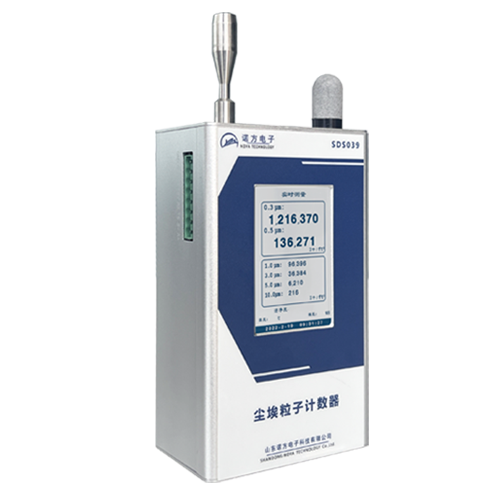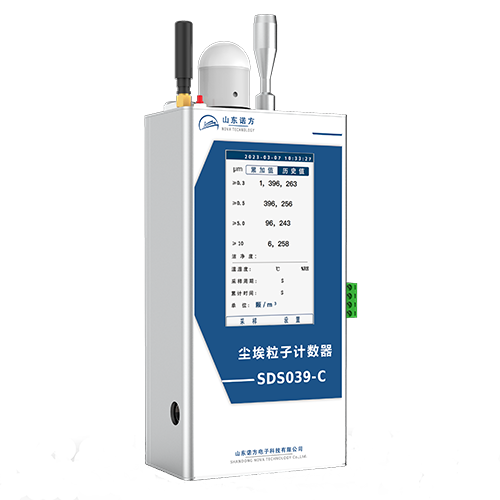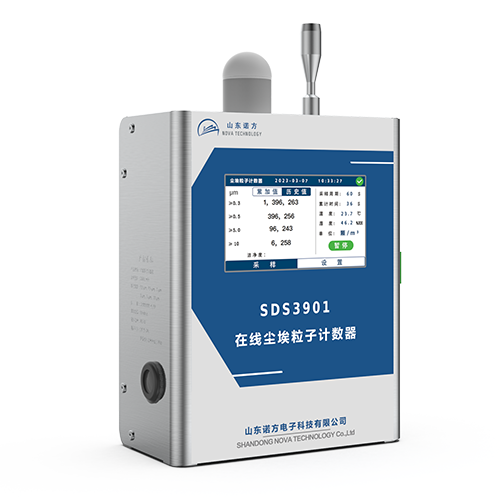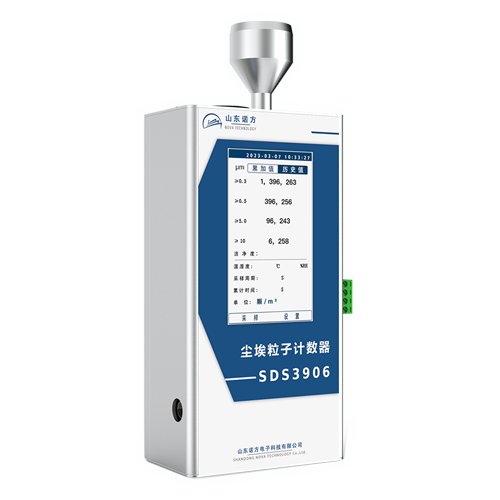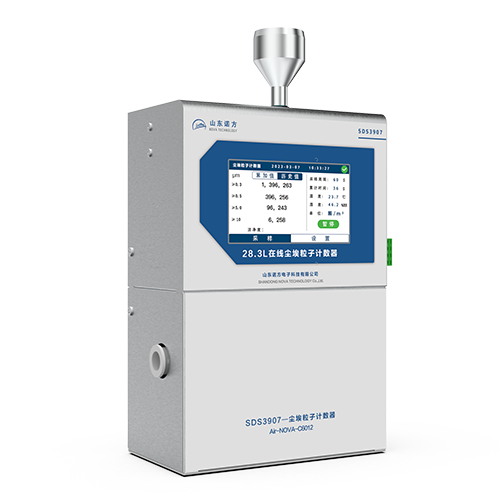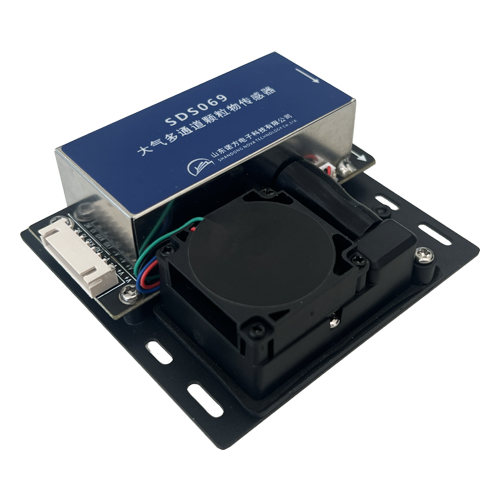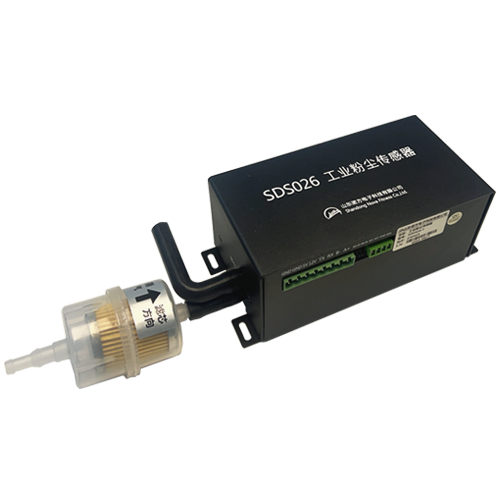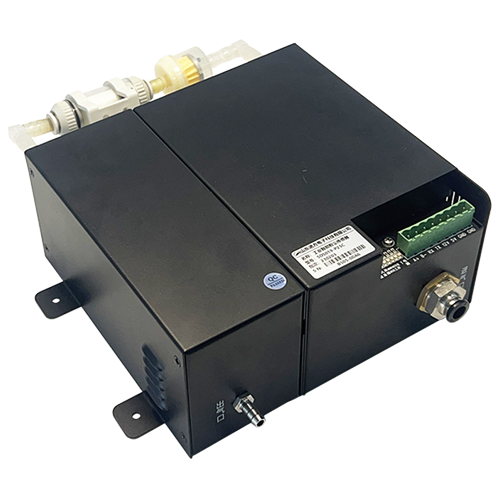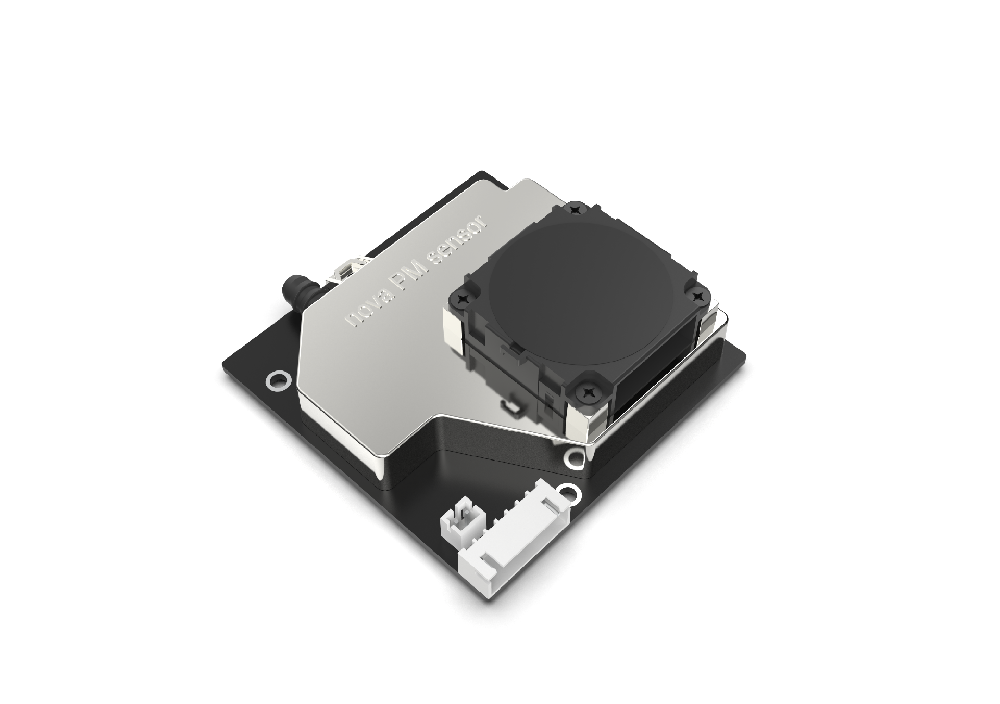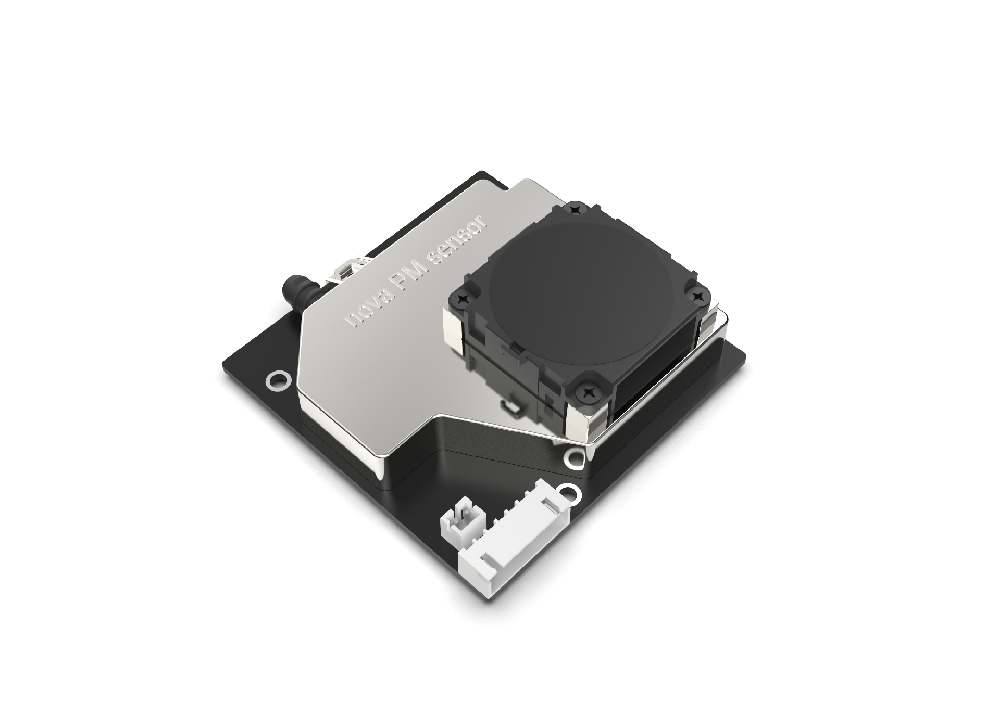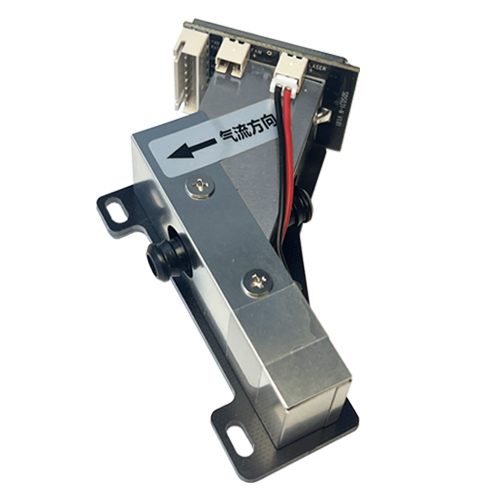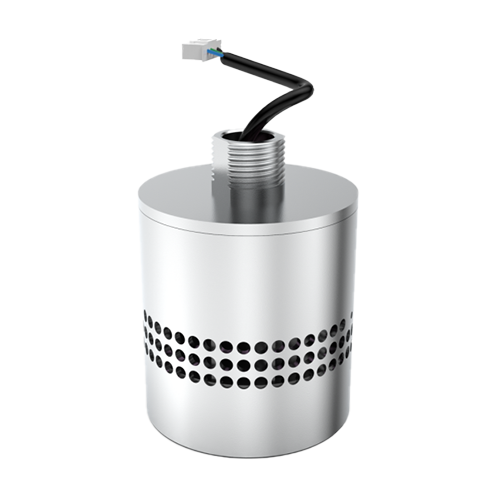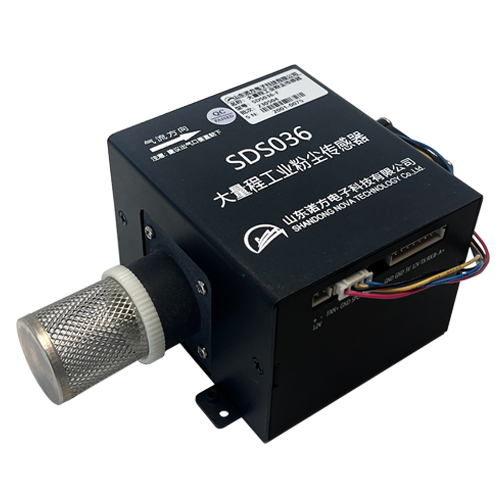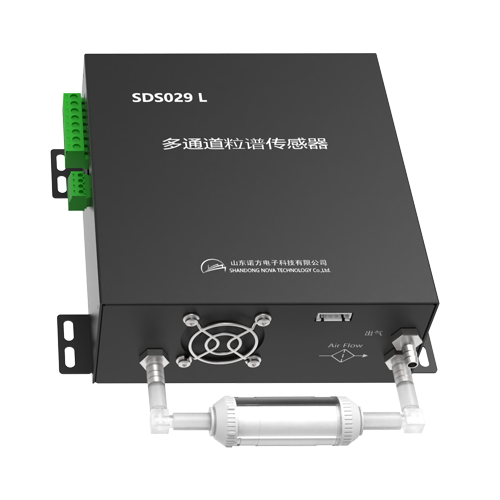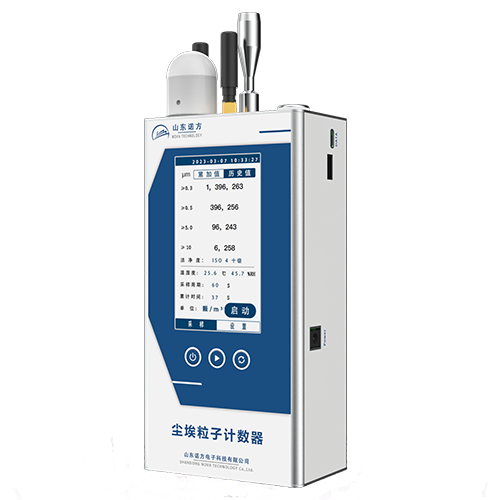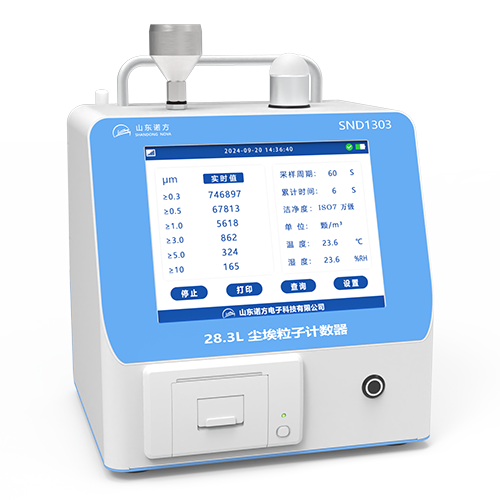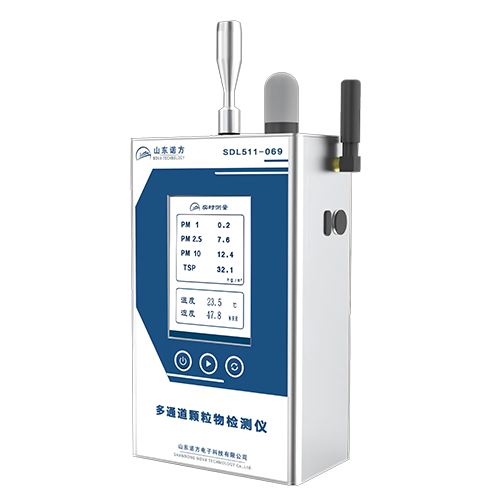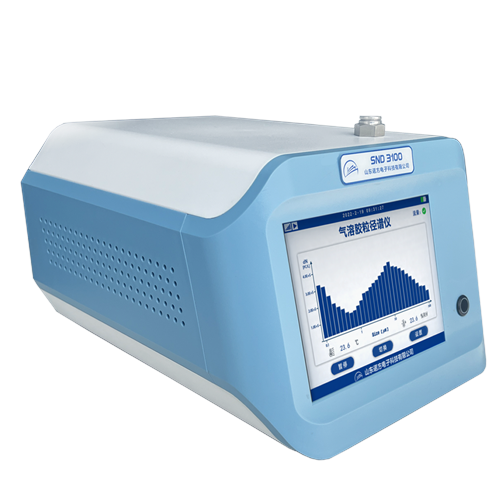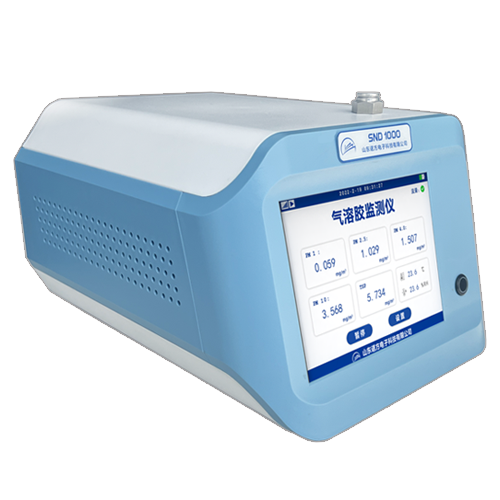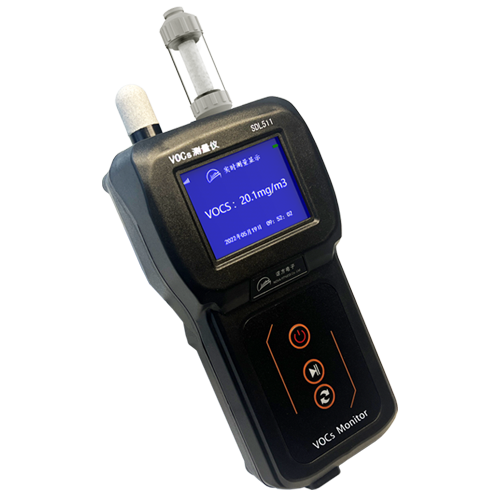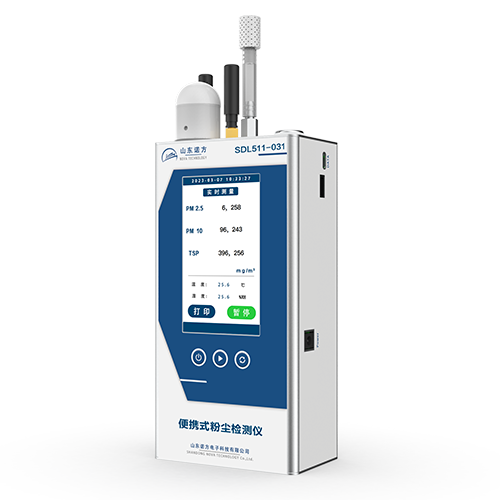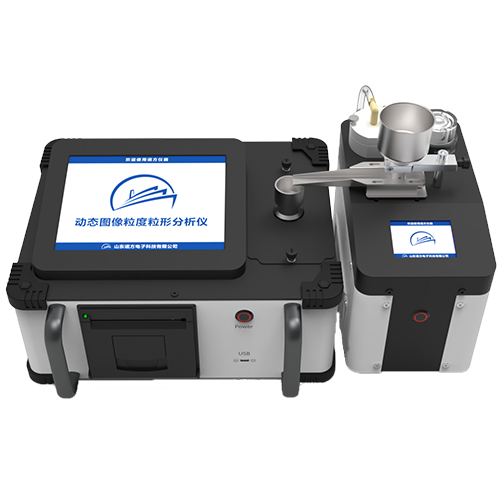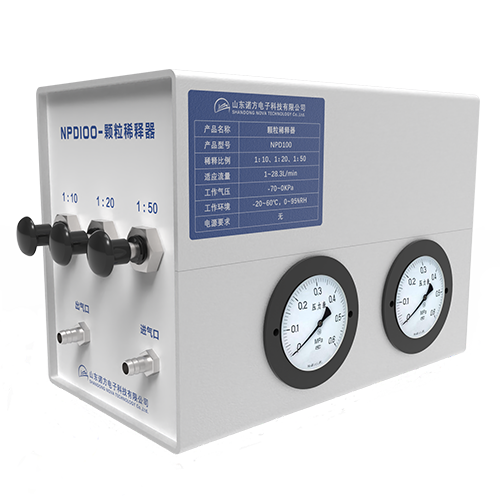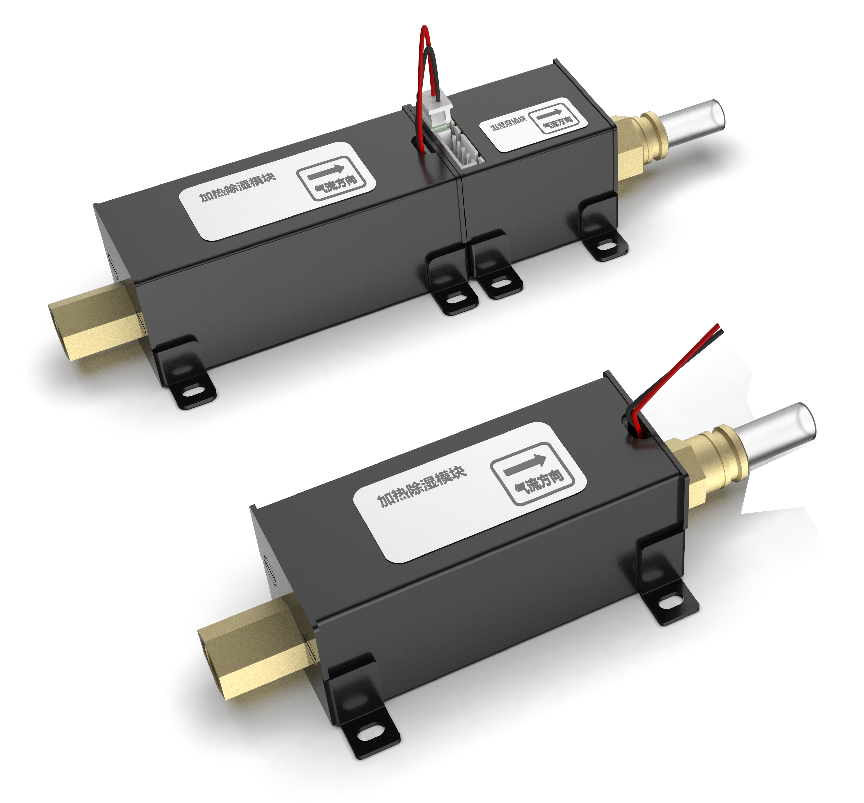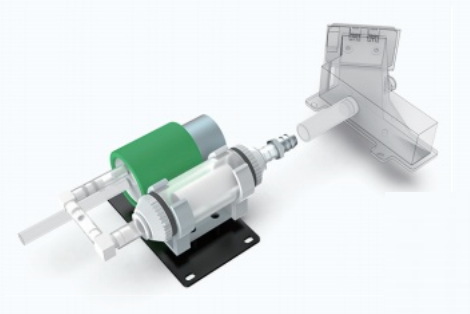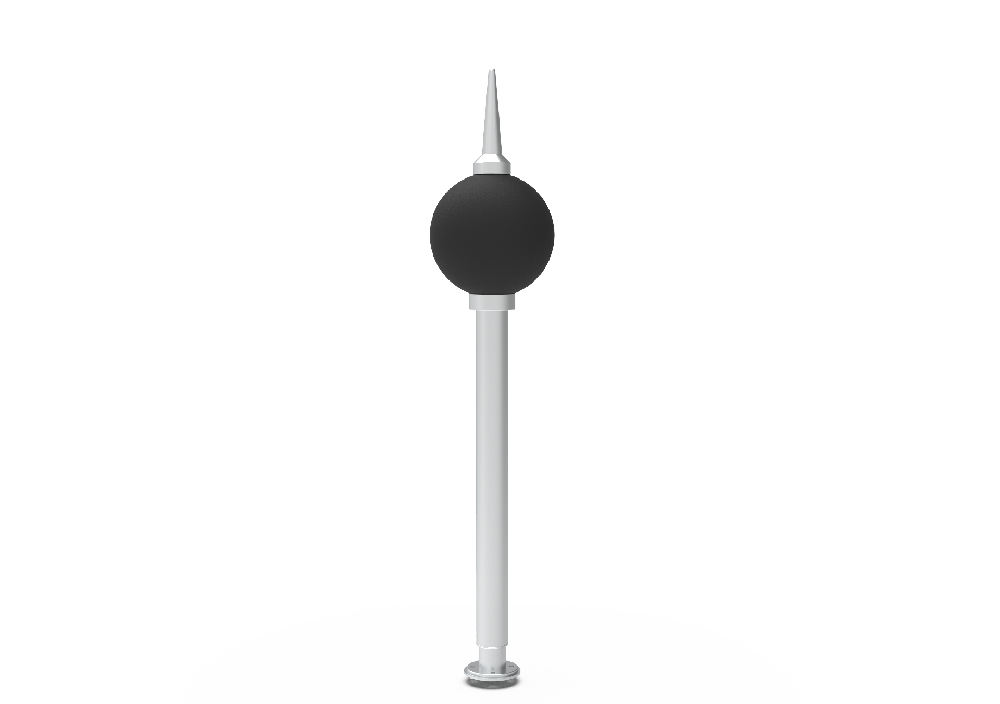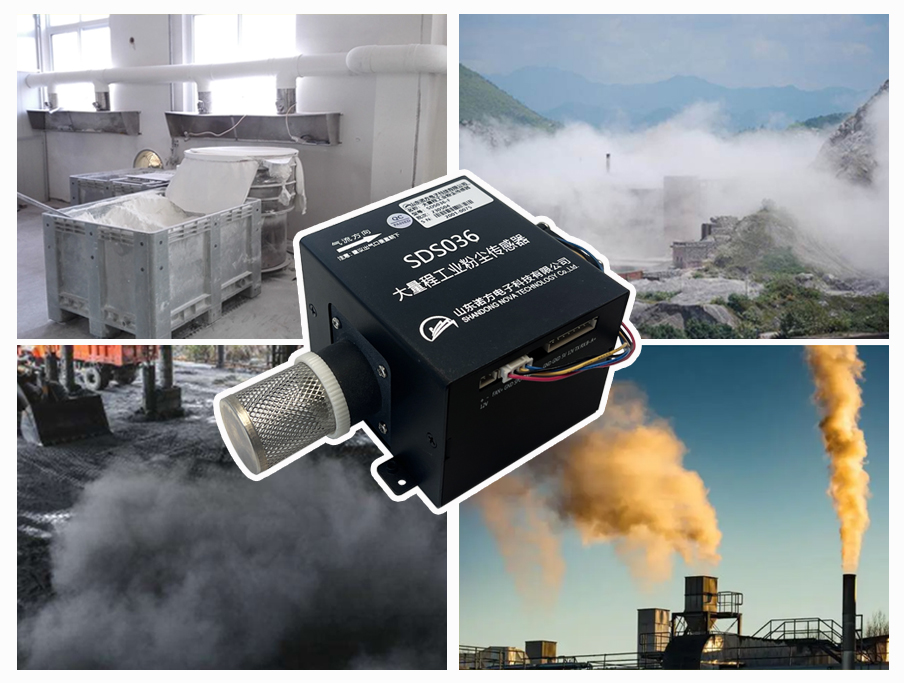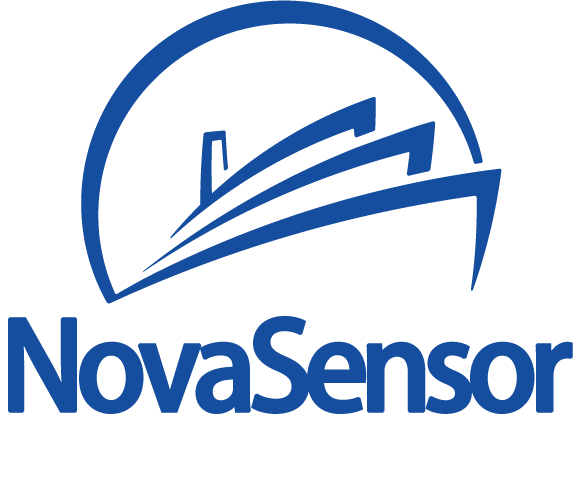China's Ministry of Environmental Protection reports on Shandong Nova vehicle mounted atmospher
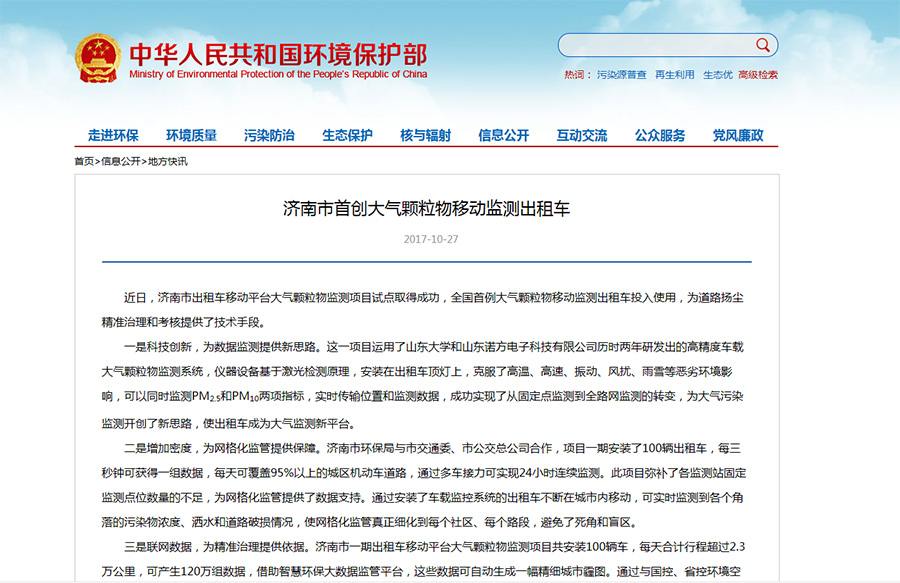
Recently, the pilot project of atmospheric particulate matter monitoring on the mobile platform for taxis in Jinan has been successful. The use of mobile monitoring taxis for atmospheric particulate matter has provided technical means for precise control and assessment of road dust.
One is technological innovation, which provides new ideas for data monitoring. This project utilizes the high-precision vehicle mounted atmospheric particulate matter monitoring system developed by Shandong University and Shandong Nova Technology Co., Ltd. after two years of research and development. The instrument equipment is based on the principle of laser detection and installed on the roof lights of taxis, overcoming the adverse environmental effects of high temperature, high speed, vibration, wind disturbance, rain and snow. It can simultaneously monitor PM2.5 and PM10 indicators, transmit location and monitoring data in real time, and successfully achieve the transformation from fixed point monitoring to whole road network monitoring. It opens up new ideas for air pollution monitoring and makes taxis a new platform for atmospheric monitoring.
The second is to increase density and provide guarantees for grid based supervision. The Environmental Protection Bureau of Jinan City, in cooperation with the Municipal Transportation Commission and the Municipal Public Transport Corporation, has installed 100 taxis in the first phase of the project, which can obtain a set of data every three seconds and cover more than 95% of urban motor vehicle roads every day. Through multi vehicle relay, 24-hour continuous monitoring can be achieved. This project fills the gap in the number of fixed monitoring points at each monitoring station and provides data support for grid based supervision. By installing a vehicle mounted monitoring system, taxis can continuously move around the city and monitor the concentration of pollutants, watering, and road damage in every corner in real time, making grid supervision truly refined to every community and every road section, avoiding blind spots and blind spots.
Thirdly, networked data provides a basis for precise governance. The first phase of the Jinan taxi mobile platform atmospheric particulate matter monitoring project has installed 100 vehicles, with a total daily travel of over 23000 kilometers, generating 1.2 million sets of data. With the help of the smart environmental protection big data supervision platform, these data can automatically generate a fine urban haze map. By comparing and analyzing data from national and provincial environmental air quality monitoring points, technicians can further determine whether pollution source supervision in relevant areas is in place, guide precise governance, and rank counties, street offices, and road sections in statistics, providing technical means for governance assessment. In addition, using taxi mobile platforms for atmospheric monitoring requires almost no manpower or material resources, has low operating costs, and is low-carbon and energy-saving.

